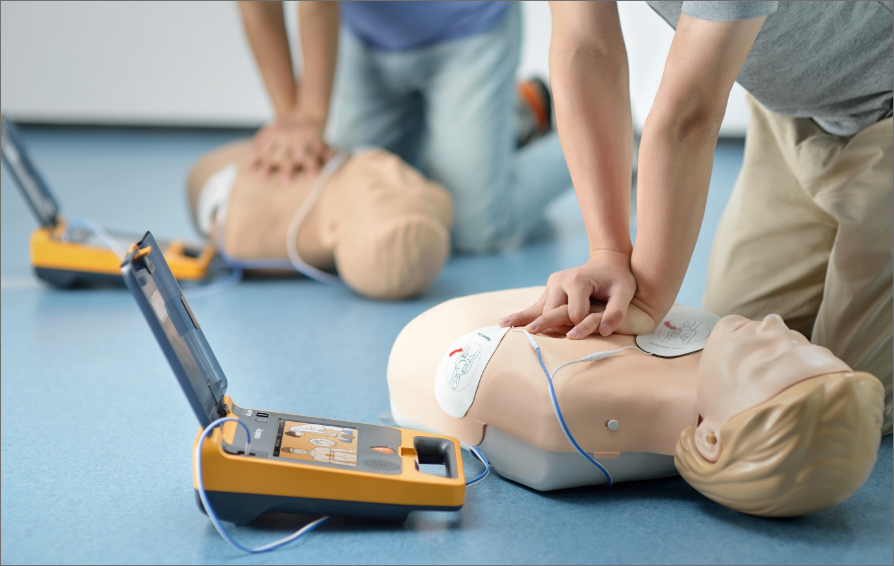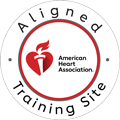When someone suffers a sudden cardiac arrest, every second counts. The key to increasing the chances of survival lies in the quality of the CPR performed, with one critical element being complete chest recoil. Understanding why and how allowing the chest to recoil during compressions fully can make the difference between life and death is essential for anyone performing CPR. This article explores the significance of chest recoil, how it affects blood circulation, and the role it plays in practical resuscitation efforts.

Understanding High-Quality CPR
High-quality CPR is the gold standard in resuscitating a person experiencing cardiac arrest. The American Heart Association (AHA) defines high-quality CPR as compressions that are deep enough, at the right rate, and with full chest recoil between each compression. These essential components work together to maximize blood flow to the brain and other vital organs. Among these, chest recoil is often overlooked but is just as vital as the depth and rate of compressions. Without complete chest recoil, CPR becomes less effective, reducing the chances of a positive outcome for the patient.
What Is Chest Recoil in CPR?
Chest recoil refers to the process that occurs after a compression is delivered. When rescuers apply pressure to the chest, it forces blood out of the heart and into the circulatory system. Once the pressure is released, the chest returns to its natural position, allowing blood to flow back into the heart. This full recoil is necessary for blood to refill the heart, ensuring the continuous circulation of oxygen-rich blood to vital organs. If the chest does not fully recoil, blood flow is restricted, and the heart is unable to refill adequately, which can drastically reduce the effectiveness of CPR.
The Physiology Behind Chest Recoil
The physiology behind chest recoil is rooted in the way the body functions during compressions. The heart is a pump, and its ability to circulate blood depends on both the application and release of pressure during chest compressions. When chest recoil is not allowed, it prevents the heart from fully expanding between compressions, limiting the amount of blood that can be drawn back into the heart. This reduction in blood volume compromises circulation, meaning the body cannot effectively oxygenate vital organs, particularly the brain. This can lead to irreversible damage if CPR is not performed properly and promptly.
Consequences of Incomplete Chest Recoil
Incomplete chest recoil also leads to a reduced cardiac output. Cardiac output is the amount of blood pumped by the heart per minute, which is essential for maintaining blood pressure and oxygen delivery to the brain and other organs. When recoil is restricted, the heart’s ability to receive blood is compromised, leading to poor circulation. As a result, oxygenated blood does not reach the brain and other critical areas, increasing the likelihood of severe brain injury or organ failure.
In addition to affecting circulation, improper recoil can increase the fatigue of the person performing CPR. Delivering compressions without allowing full recoil puts more strain on the rescuer’s body, leading to quicker fatigue. This makes it harder to maintain the proper depth and rate of compressions for extended periods. The AHA recommends switching CPR providers every two minutes to avoid fatigue, but if the person delivering compressions is not allowing full chest recoil, their efforts become less effective, even if they are being switched out.
American Heart Association (AHA) Guidelines on Chest Recoil
The American Heart Association (AHA) guidelines for high-quality CPR emphasize the importance of chest recoil as a key component of effective resuscitation. The AHA recommends that compressions be at least 2 inches deep for adults, at a rate of 100 to 120 per minute, with full recoil between compressions. Unfortunately, many rescuers, especially those without proper training, may fail to allow for complete chest recoil due to poor technique or lack of awareness. Common mistakes include leaning too heavily on the chest, not lifting their hands off the chest fully after each compression, or not allowing the chest to return to its natural position. These errors can have a significant impact on the quality of CPR and the patient’s chance of survival.
To ensure complete chest recoil, rescuers need to focus on proper hand placement and compression technique. The hands should be positioned correctly on the center of the chest, with the heel of one hand placed on the sternum and the other hand stacked on top. The elbows should be locked, and the rescuer should use their upper body weight to apply force while avoiding excessive leaning or pushing down on the chest. Equally important is the need to allow full relaxation between compressions. When the chest recoils fully, blood flow to the heart is maximized, so it is crucial not to rush or skip the recoil phase.
How CPR Tampa Ensures High-Quality CPR Training
For individuals and organizations seeking to learn and practice high-quality CPR, CPR Tampa offers comprehensive training programs designed to emphasize the importance of chest recoil and other vital CPR techniques. CPR Tampa provides a stress-free, hands-on learning environment where participants can practice these life-saving techniques in realistic scenarios. The programs are tailored to meet the needs of healthcare providers, first responders, and everyday citizens who want to gain confidence in their CPR abilities. In addition to training in chest recoil, participants learn other key components of high-quality CPR, such as the proper depth and rate of compressions, as well as how to apply these skills in a range of emergency situations.
Allowing complete chest recoil during CPR is critical for ensuring effective blood circulation and oxygen delivery to the brain and vital organs. This fundamental aspect of high-quality CPR is often overlooked, yet it plays a key role in determining the success of resuscitation efforts. By following AHA guidelines and avoiding common mistakes, rescuers can significantly increase the chances of survival for those experiencing cardiac arrest. Proper training is essential to master this technique, and organizations like CPR Tampa offer valuable courses to equip individuals with the skills needed to perform high-quality CPR. By investing in CPR education, we can save lives and improve outcomes for patients in need.


